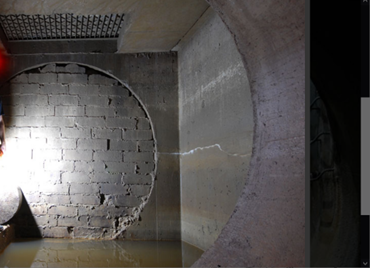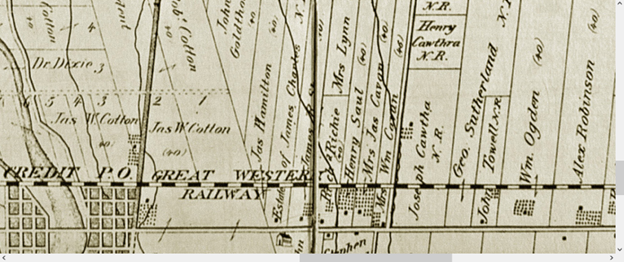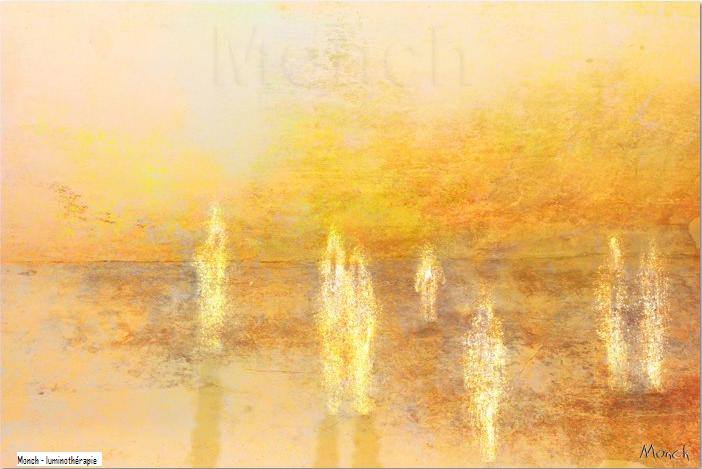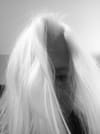Forbidden and Transgressive Space

They say you can never go back, but that’s not always completely true.
Life has come full circle and after decades of moving to so many different places I have now returned to my childhood home.
Some things have changed, some have remained the same, and some in between.
Across the street there is a stream called Cooksville Creek (about which I've written before).

We used to play there as children, but it is difficult to access now, and all is enclosed by property with security fencing. It can still be seen from a nearby overpass and from the backyards of private residences, but you can no longer (legally) reach the water. For this reason I don’t know precisely what has changed and what has remained the same.
I do remember spending lots of time going up and down the creek’s shores. We would look for tadpoles to bring home in empty mayonnaise jars so we could feed and watch them grow into toads for later release. We sought freshwater crayfish and delighted in seeing “skeeters” (water spiders) zip gracefully on top of the water, held aloft by surface tension only. Depending on the season, white suckers were abundant and could be seen calmly holding position in the deeper sections of shady water.
Around the age of eight or ten I discovered a place I truly loved, and generally went there alone.
The creek went under a series of roadways and in that culvert existed a small but otherworldly space. The noise of the traffic overhead was greatly muted. The only noticeable sound was that of the flowing stream along with the echo of dripping or pouring water feeding into the creek from the storm drains.
The culvert, likely constructed around the 1930s or 1940s, was relatively short, spanning the width of about ten road lanes. Given that six of those lanes were part of a highway and four were parallel arterial roadways, plus sidewalks and soft shoulders, the total length of the culvert would have been about 150 feet (ca. 46 metres) — roughly half the length of a football field. I remember it being high; well over my head; likely around 10 feet (ca. 3 metres) or more. There was a ledge along the walls and usually that ledge was above the level of the water.
I would shimmy along that narrow ledge (it may have enclosed a sewage line, but I’m not sure), moving towards the drains. Metal mesh covered some of them, but most were open. All beckoned me, and with trepidation mixed with exhilaration, I climbed inside those that were accessible and not flooded.
This was forbidden and transgressive space. “Go to bed without dinner”, "you're grounded for a week" type of forbidden space... if you were caught.
It reminded me of the confessional. Perhaps it was the grates that formed a visual connection between culverts and the screens of the confessional stalls in the Catholic Church. Most would associate a culvert and its drainage system with waste, sewage, and goodness knows what, but I saw sacred space, holy space, imbued with mystical power.
The ledge was damp, as were the walls. There was no offensive smell, just the scent of cool water, cold sweating stone and a hint of “green”. There was often a breeze blowing through, as though the culvert was a living, breathing thing.
So many of our creeks and streams have been drained, driven underground, built over, diverted, re-engineered or otherwise subjected to the indignities of urban development, so-called “remediation”. There are only brief stretches of open-air creeks in our urban area and the culverts are now generally dug deep and inaccessible.
We no longer seem to have liminal spaces, those that define a transitional space between what is normal and mundane and what is on the edge of… possibilities. The boundaries of the transgressive are receding now.
I would guess that many children of my generation would have splashed around in a creek and taken shortcuts through culverts. And in doing so, they would have been exposed to things to nourish their imaginations.
We seem to have become reckless in areas of no real importance and have lost our options to explore the relatively untamed. There is a wonderful quote spoken by the character “Q” from Star Trek the Next Generation:
“It's not safe out here. It's wondrous, with treasures to satiate desires both subtle and gross. But it's not for the timid".
I’m glad I lived in times not for the timid.
Would you like to read other posts? If so, please click the Home Page link below:

You, Dear Reader, are much needed and appreciated.
Everything written requires a reader to make it whole. The writer begins, then you, dear reader, take in the idea and its image, and so become the continuation of its breath. Please subscribe so that my words can breathe. Consider this my hand, reaching out to yours.
